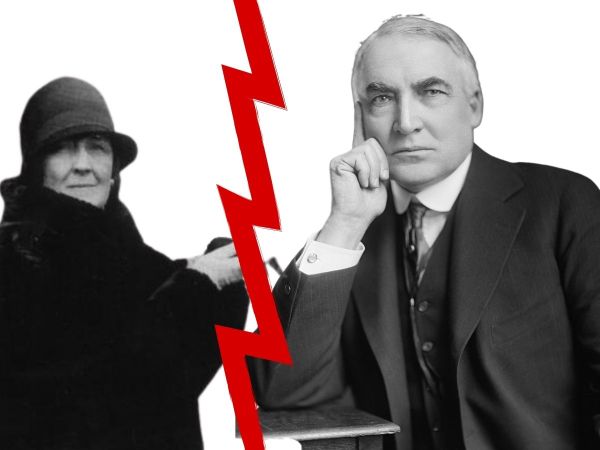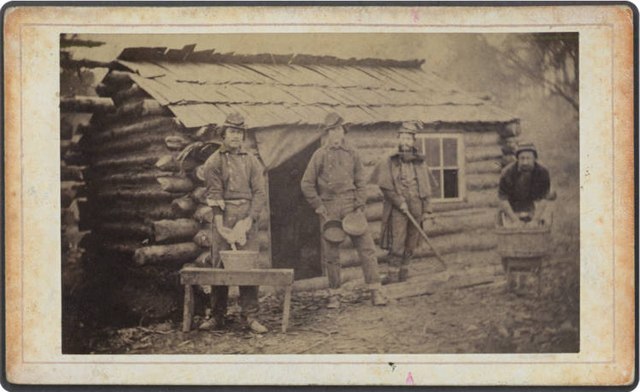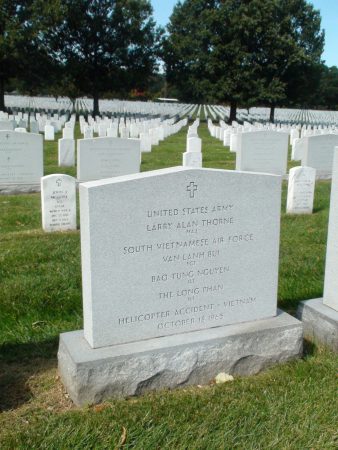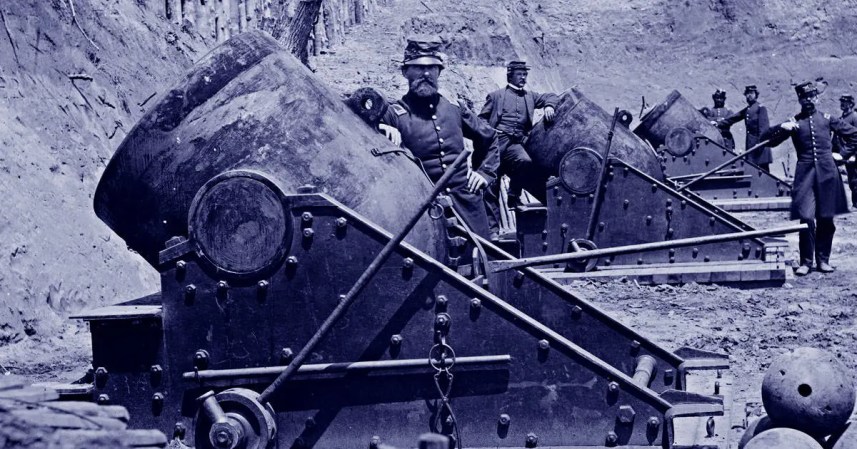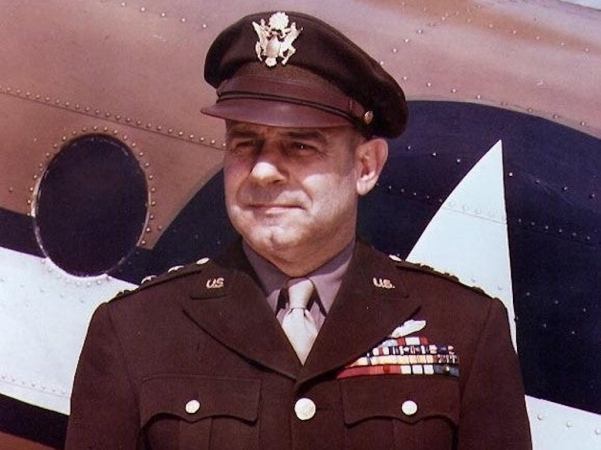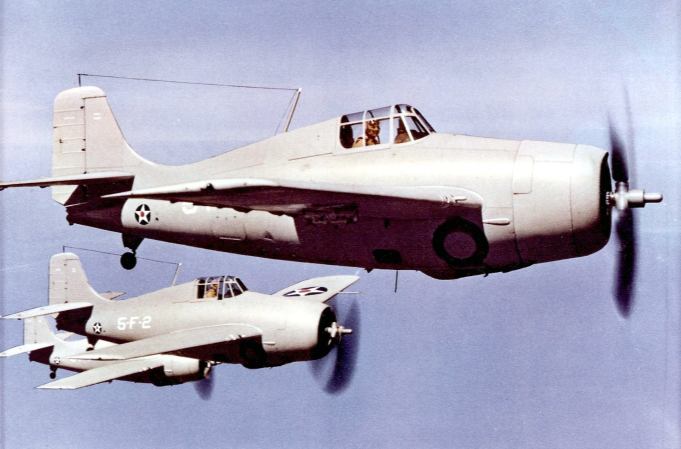The country known as Georgia derives its name – “Gurgan,” the land of the wolves – from the Persian word for the “frightening and heroic people of that territory.”
Heroic doesn’t even begin to fully describe the Georgians. This fact was evident at the outset of World War I when a troop of crusader knights – in full Medieval armor – marched right up to the governor’s house in the Georgian capital, then called Tiflis (modern-day Tbilisi).
“Where’s the war?” They asked. “We hear there’s a war.”
In 1914, the Russian Empire declared war on Turkey as part of its alliance with the Triple Entente in Western Europe. The news of the outbreak apparently took some time to filter to the countryside because it took until the spring of 1915 for the Georgian knights to arrive.
In his 1935 book, “Seven League Boots,” the American adventurer Richard Halliburton wrote of the knights.
“In the spring of 1915, some months after Russia’s declaration of war against Turkey, a band of twelfth-century Crusaders, covered from head to foot in rusty chain armour and carrying shields and broad-swords came riding on horseback down the main avenue of Tiflis. People’s eyes almost popped out of their heads. Obviously this was no cinema company going on location. These were Crusaders – or their ghosts.”

The Knights were known locally as Khevsurs, a group of fighters allegedly descended from Medieval Crusaders, whose armor bore the motto of the Crusaders, as well as the Crusader Cross (which now adorns the flag of the modern Republic of Georgia). The truth behind the Khevsurs’ Crusader origins is disputed, but what isn’t disputed is that they showed up to fight World War I wearing Crusader armor.
Though the Khevsurs did fight alongside the Russian army on many occasions, not just WWI, it’s unlikely their Russian allies would let them run into battle with broadswords and chain mail armor. Then again, it wouldn’t be the only time the allied powers used strange body armor in brutal trench warfare.



